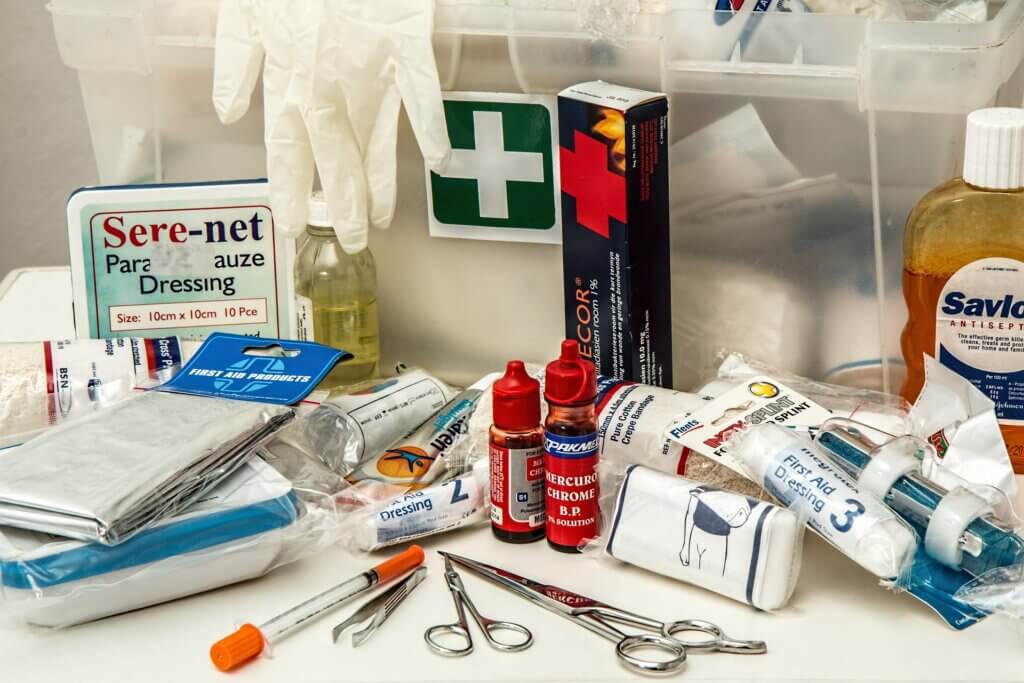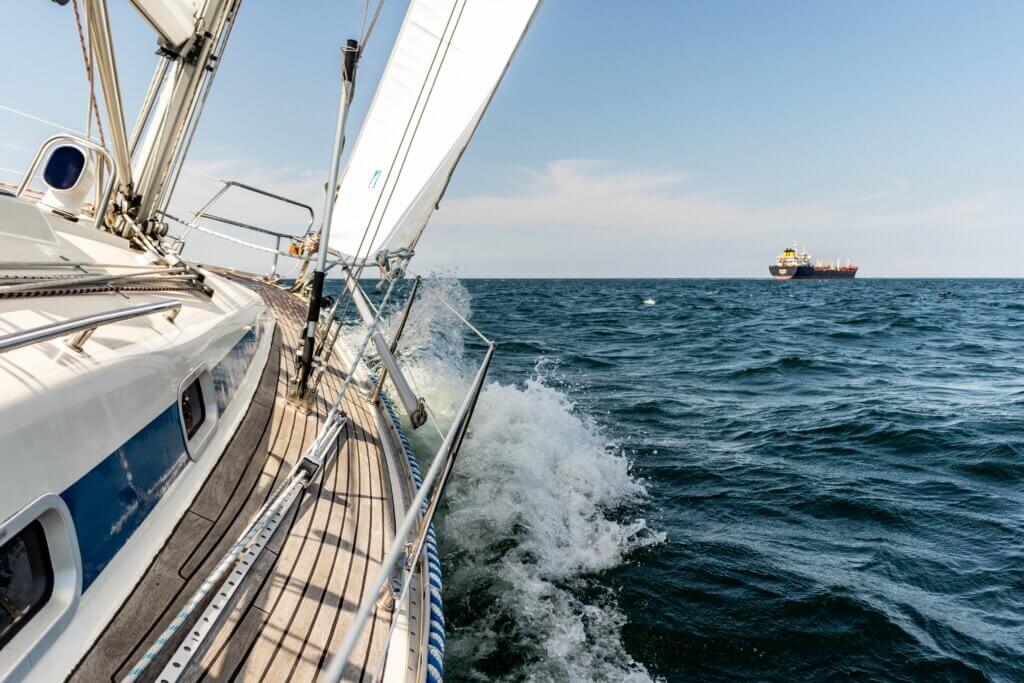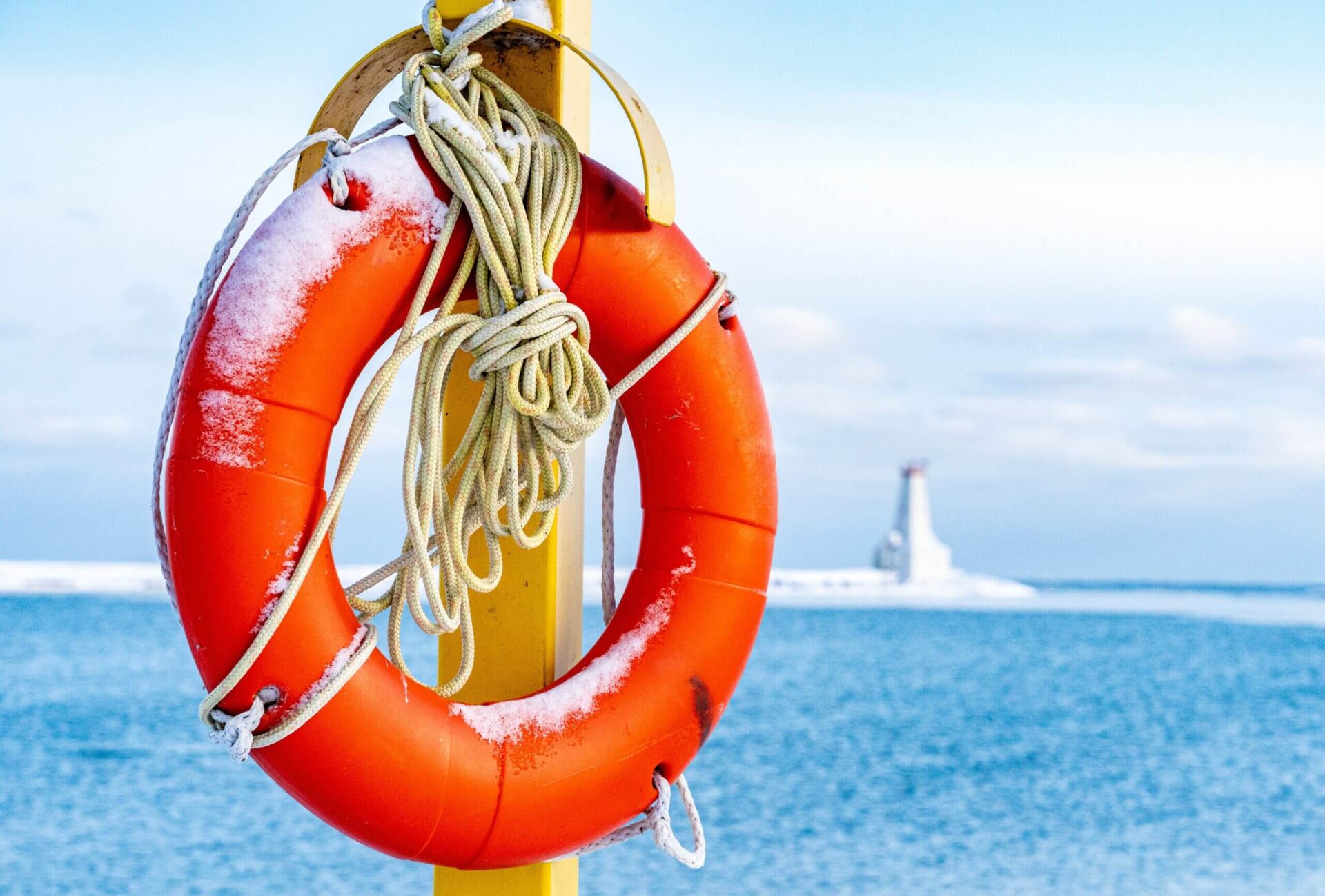Top Sailing Safety Tips for Beginner Sailors
Sailing on a yacht is a thrilling experience that allows you to explore the beauty of the open water. However, it’s important to prioritize safety when embarking on a sailing trip. Yacht safety is not only essential for the protection of those on board, but also for the boat itself. Neglecting safety protocols can lead to accidents, injuries, and damage to the yacht.
In this blog post, we’ll provide sailing safety tips for beginners to ensure their safety on the high seas. From preparing for the trip to handling emergencies and maintaining the yacht, we’ll cover everything you need to know to enjoy your sailing adventure safely. So whether you’re a beginner or a seasoned sailor, read on to learn how to make your sailing trip a safe and enjoyable one.
Sailing Safety Tips: Preparing for the Trip
Before setting sail, it’s important to ensure that you’re well-prepared for the journey ahead. Here are some essential steps to take before embarking on your sailing trip:

If you’re a beginner, it’s important to familiarize yourself with the basics of sailing before you set sail. This includes understanding sailing terminology, how to read the wind, and how to properly trim the sails. You can take a sailing course or read books on sailing to gain more knowledge.
Before setting sail, it’s crucial to check the weather forecast. Unfavorable weather conditions can make sailing dangerous, and it’s important to avoid setting sail if there are storms, high winds, or other hazardous conditions.
Before leaving the dock, conduct a safety check of the yacht. Make sure that all systems are functioning properly, including the engine, navigation equipment, and safety equipment. Check that the rigging is secure, the lines are in good condition, and the sails are properly rigged.
safety equipment, such as life jackets and harnesses, should be on board and in good condition. Check that they fit properly and that there are enough for everyone on board. It’s also a good idea to have a first aid kit and emergency supplies on board, such as flares and a fire extinguisher.
A safety briefing is an important aspect of preparing for a sailing trip. It allows the skipper to inform the crew of potential hazards, emergency procedures, and other important safety information that will help ensure everyone’s well-being on board.
Be sure to use my guide on How to Conduct a Safety Briefing
Sailing Safety Tips: Life on Board
When you’re out on the water, it’s important to take steps to ensure your personal safety and comfort. Here are some essential tips for life on board:

Wear comfortable, weather-appropriate clothing that can protect you from the sun and water. Non-slip shoes are also important to prevent slips and falls on the deck.
When you’re on board, it’s essential to maintain balance and avoid tripping hazards. Hold onto handrails or other stable objects when moving around the yacht and avoid walking on wet or slippery surfaces. It’s also important to secure loose items on board to prevent them from becoming tripping hazards.
Proper hygiene is essential for preventing the spread of germs on board. Wash your hands regularly with soap and water, and use hand sanitizer when washing facilities aren’t available. It’s also important to keep the yacht clean and tidy, and to dispose of waste properly.
Sailing can be physically demanding, and it’s important to stay hydrated. Drink plenty of water and avoid alcohol, which can dehydrate you. It’s also important to avoid overexposure to the sun, which can also contribute to dehydration.
Sailing Safety Tips: Navigating on the Water
Navigating on the water can be challenging, but with the right knowledge and skills, you can sail safely and confidently. Here are some tips for navigating on the water:

Navigation aids, such as buoys and lighthouses, can help you navigate safely on the water. It’s important to understand what these aids mean and how to use them to guide your navigation.
Nautical charts provide detailed information about the water and its surroundings. Familiarize yourself with these charts before setting sail, and use them to plot your course and avoid hazards.
Hazards and obstacles, such as rocks, shoals, and other boats, can be dangerous if you’re not careful. Pay close attention to your surroundings and use your charts and other navigation aids to avoid these hazards.
When sailing on the water, it’s important to understand right of way rules. For example, sailboats have right of way over motorboats, and boats on a starboard tack have right of way over boats on a port tack. Understanding these rules can help you avoid collisions and sail safely.
Sailing Safety Tips: Handling Emergencies
No matter how well-prepared you are, emergencies can still happen on board a sailing yacht. It’s essential to know how to handle these situations and take action quickly to ensure your safety and the safety of your crew. Here are some tips for handling emergencies:

Before setting sail, familiarize yourself with the yacht’s emergency procedures. This includes knowing how to use safety equipment, such as life jackets and fire extinguishers, and understanding how to respond to different types of emergencies, such as a man overboard or a fire on board.
Communication devices, such as radios and satellite phones, can be used to call for help in an emergency. Make sure you know how to use these devices and keep them charged and accessible at all times.
Medical emergencies can happen on board, so it’s important to have basic first aid knowledge and a well-stocked first aid kit on board. Know how to respond to common medical emergencies, such as cuts, burns, and seasickness, and consider taking a first aid course before setting sail.
If a crisis occurs and you need to evacuate the yacht, make sure you have a plan in place. Assign roles and responsibilities to each crew member, and practice drills to ensure everyone knows what to do in an emergency.
Sailing Safety Tips: Maintenance and Upkeep
Maintaining and keeping a sailing yacht in good working order is critical for ensuring safety and an enjoyable sailing experience. Neglecting maintenance can lead to accidents and equipment failure, which can be dangerous and costly. Here are some tips for maintaining and keeping your sailing yacht in good condition:

Regular maintenance of the yacht and its systems, such as the engine, rigging, sails, and hull, is essential for ensuring safe sailing. Follow the manufacturer’s guidelines and schedule routine maintenance to prevent equipment failure.
Safety equipment, such as life jackets, flares, and fire extinguishers, should be stored in a dry and accessible location. Check safety equipment regularly to ensure it’s in good working order and replace any expired or damaged items.
Before setting sail, ensure that all systems are working correctly. Check the fuel and oil levels, batteries, and electrical systems to ensure they’re in good condition.
Conduct regular inspections of the yacht, both inside and out, to identify any issues that may require attention. Schedule professional services, such as engine maintenance and sail repairs, to ensure the yacht is in good working order.
Conclusion
Sailing yacht safety should always be a top priority for beginners and experienced sailors alike. By following the tips outlined in this article, you can sail safely and confidently, knowing that you’re well-prepared to handle any situation that may arise.

In summary, it’s crucial to prepare for your trip, maintain good personal hygiene, navigate safely on the water, know how to handle emergencies, and keep your yacht in good working order. Following these tips will ensure that you have a safe and enjoyable sailing experience.
Remember, sailing can be a fantastic way to enjoy the outdoors and connect with nature. As a beginner, it’s essential to approach sailing with caution and respect for the water. With practice, you’ll gain experience and confidence, and before you know it, you’ll be sailing like a pro.
We encourage you to continue learning and exploring the world of sailing safely. By following these tips and staying vigilant, you’ll be well on your way to becoming a skilled and responsible sailor.
FAQ
What should I wear when sailing?
It’s best to wear comfortable and breathable clothing that provides sun protection, such as long-sleeved shirts, pants, and a hat. Avoid wearing flip-flops and opt for non-slip, closed-toe shoes.
What safety equipment should I have on board?
You should have safety equipment such as life jackets, a first aid kit, flares, and a fire extinguisher on board. Check the safety equipment regularly to ensure it’s in good working order and replace any expired or damaged items.
How can I check the weather conditions before sailing?
You can check the weather conditions by using weather apps or websites, listening to the radio or TV broadcasts, or by checking with the local Coast Guard.
What should I do in case of an emergency?
In case of an emergency, follow the emergency procedures outlined in your yacht’s manual, stay calm, and use communication devices to call for help. If possible, evacuate the yacht and move to a safe location.
Do I need a license to sail a yacht?
The requirements for a sailing license vary depending on your location and the size of your yacht. It’s best to check with your local maritime authority to determine the requirements for sailing in your area.
How often should I conduct maintenance on my sailing yacht?
Regular maintenance is essential for keeping your yacht in good working order. Follow the manufacturer’s guidelines and schedule routine maintenance to prevent equipment failure. Conduct regular inspections to identify any issues that may require attention.







